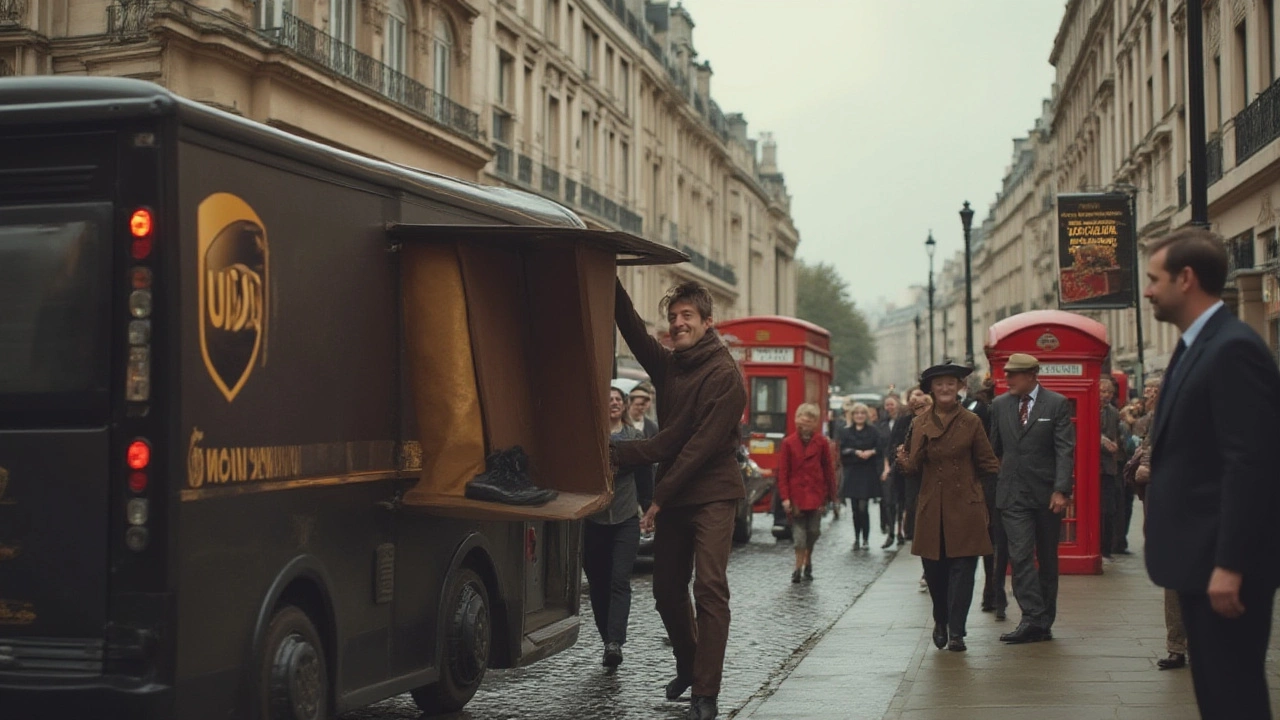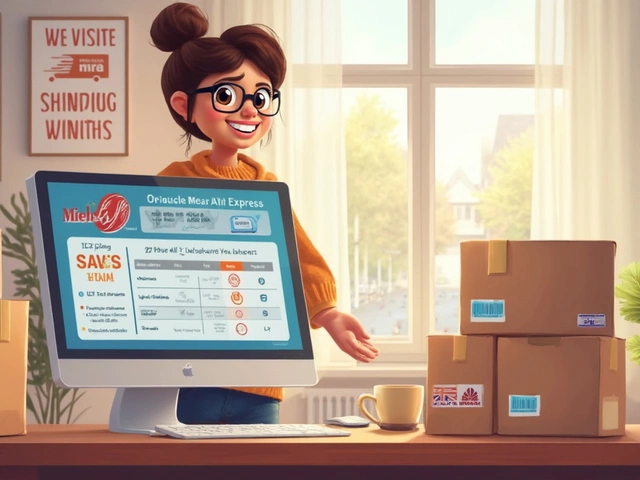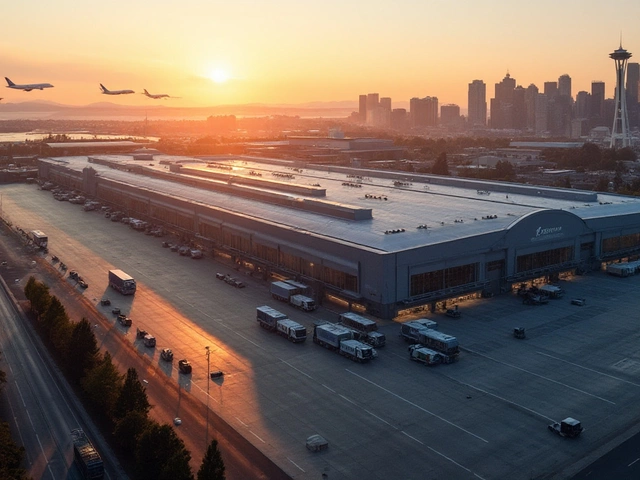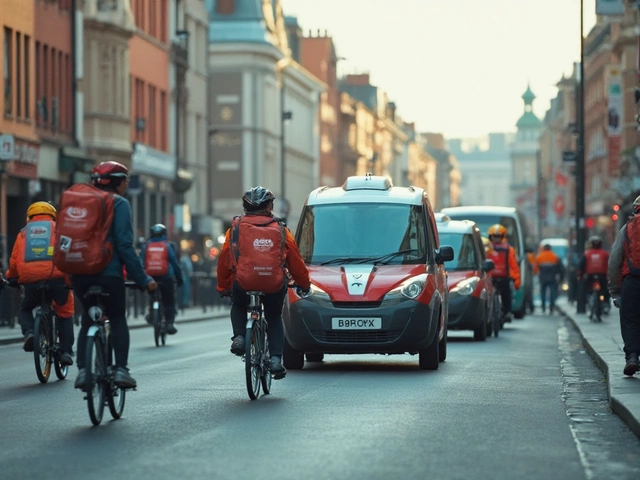Ever tried squeezing a giant beanbag into a UPS store and wondered if it fits the rules, or are you just wishing? Whether you’re sending a set of winter tires, an awkwardly shaped lamp, or a business shipment that rivals Whiskers’ scratching post collection in size, UPS has pretty strict limits—and even stricter surcharges—when it comes to big packages. The fun (or frustration) really starts when you hit those boundaries, and trust me, people test them all the time. You might think the sky’s the limit, but UPS’s guidelines are more like a firm ceiling. If you’re about to ship something massive, here’s everything you need to know—without the legal mumbo-jumbo or secret shipping code.
How Big is Too Big? UPS’s Maximum Size and Weight Rules
So, let’s break down the actual numbers. UPS will ship packages up to 150 pounds (68 kg). That’s heavier than most grown adults and a lot more than most people realize. But it’s not just about weight. UPS checks your package’s combined length and girth, and this is where many shippers get tripped up. The formula UPS uses is:
- Length + (2 x Width) + (2 x Height)
The maximum allowed when you add all that is 165 inches (419 cm). Just to make it clear: length is the longest side, width is one of the shorter sides, and height is the other short side. If you’re mailing a rectangular box, measure it across all three dimensions and do the math. For length alone, the max is 108 inches (about 274 cm).
Why so precise? It’s not random. These limits come from what their trucks, conveyor belts, and planes can physically handle. If you send something heavier or larger than these specs, UPS won’t take it—they’ll refuse it outright. But here’s where many folks fall through the cracks: sometimes a measurement will just barely go over, and the package will get accepted at a retail location, only to be caught at a sorting center, setting off a series of fees you’ll wish you’d dodged. As of 2025, the “Over Maximum Limits” surcharge UPS charges for trying to ship a package beyond these thresholds sits at around $1,150 per package. No, that wasn’t a typo.
People often confuse “oversize” with these maximum limits. UPS does allow “large packages” exceeding certain dimensions (over 96 inches in length or over 130 inches in length and girth), but these do not go past the maximum size. Instead, they get hit with a Large Package Surcharge, usually around $120—or more, depending on your shipping agreement. So there’s a clear line: large, but not too large. You can’t sneak in a canoe, but shipping big boxes or auto parts? Still fair game, with hefty surcharges.
It’s not only packages that matter. If you ship on a pallet, UPS Freight offers freight services, which have entirely different limits and pricing structures. But for regular small package ground or air services, the rules above are the gold standard. If you’re not sure, always measure twice. That charger you’re about to ship? Don’t just eyeball it. UPS checks, and the tape measure never lies.
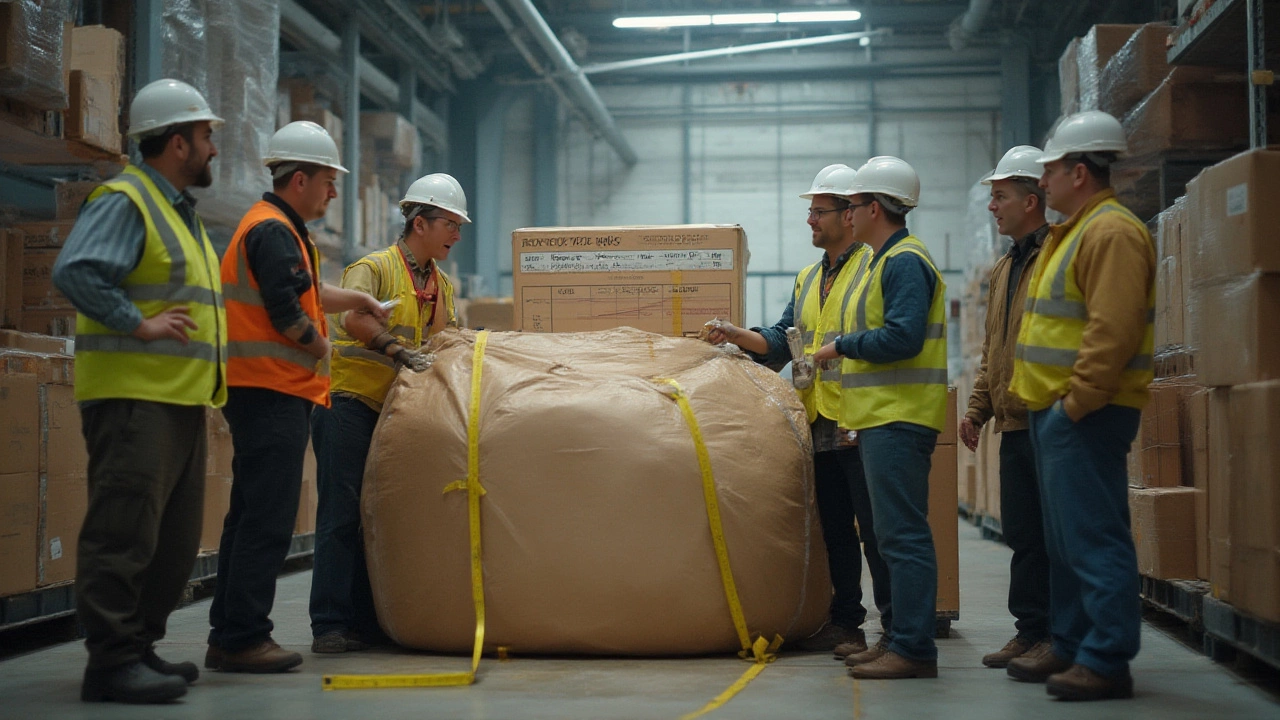
What Happens if Your Package is Too Big? Surcharges, Returns and the Real-World Process
You’re trying to send a record-breaking crate, you slap on a label, and it leaves your hands. But UPS’s super-modern scanning and weighing equipment at their hubs is ready to spot any out-of-spec monster. If they catch your package breaking the max 150 lb or 165 inches rule, two big things happen—and neither is fun.
- First, you’re hit with the Over Maximum Limits charge we mentioned. This isn’t negotiable. As of 2025, it’s over $1,100 a pop, per package, as an immediate upcharge on your shipping bill. Most individuals and small businesses gasp when this shows up.
- Second, depending on the location and the nature of what you sent, UPS may simply return the shipment to the sender—or refuse delivery completely. The item just boomerangs back to you, and you get to pay for the privilege. Sometimes the customer waiting on the other end never even sees their package.
Large or odd-shaped items also risk getting stuck or damaged as they move through UPS’s automated network, which is designed for boxes that stay under those dimensions. Anything that slows down sorting or causes a jam gets flagged—and someone manually handles it. That’s rarely a good thing for the safety of your item or your wallet, as you’ll pay both surcharges and, potentially, extra handling fees on top.
Some folks think they can avoid the size rules by being creative with packaging. For instance, rolling a rug tightly, bending a few rules with odd shapes, or stuffing something in a box just a hair too big. But UPS uses laser scanners and weighing pads, so unless you pass under those numbers, it’ll get detected. As a tip, if you’re paying to pack at a UPS Store, staff will usually measure and warn you before accepting the package, but shipping from your own location is up to you to get right.
Curious what’s the largest thing most regular UPS stores have ever shipped? Anecdotally, employees mention huge flat-screen TVs, car wheels, or sometimes custom furniture pieces, all bumping right up against the limit. Of course, those shipments come with sizable surcharges and plenty of nervous measuring beforehand.
And while it sounds unfair, the limits actually make sense: there’s a safety reason behind them. UPS drivers have to lift and move each box, so any heavier or larger package poses a risk to the staff and to the automated systems. By sticking to the 150 lb and 165 inch/108 inch rules, you’re actually helping your stuff arrive safely, and avoiding “accidental” fees that can double the cost of your shipping.

Tips to Ship Big Packages With UPS Like a Pro
If you need to ship something large—but not quite “too large” for the system—the good news is you’ve got options. There’s no secret handshake, but there are a few tricks to avoid headaches and keep your wallet intact. Here’s what works right now, based on how real people actually ship big stuff via UPS.
- Measure Before You Do Anything. Grab a tape measure and check the length, width, and height to the fraction of an inch. Don’t round up or eyeball. UPS measures using hard data, so even tiny overages count.
- Weight Is Just as Important as Size. Use a bathroom or luggage scale for home shipments. What feels "ok to lift" can actually approach the 150 lb cutoff without you realizing.
- Break It Up if You Can. If your shipment is close to exceeding limits, see if you can split it into two or more boxes. It’s usually cheaper and protected from surcharge hell. Two 75 lb boxes ship for less than one over-the-limit behemoth.
- Use Strong Packing Supplies. Big packages get more knocks along the way. Double up your cardboard, reinforce corners, and seal with extra tape. Some people even put boxes inside larger boxes for cushioning.
- Be Ready for Surcharges. UPS Large Package Surcharges (for boxes over 96 inches in length or 130 inches in length plus girth) aren’t avoidable, so factor them into your shipping costs. Check the UPS Rate and Service Guide—rates can change every year, sometimes twice.
- Try UPS Freight If You’re Over the Limit. Once your shipment is too big for standard UPS, look into the UPS Freight or LTL (less-than-truckload) option. These are set up for pallets, heavy machinery, even motorcycles—rules vary, but you’ll need to book decades ahead and supply your own heavy-duty packaging.
- Double-Check Before Scheduling a Pickup. If you schedule pickup online and your measurements are wrong, the driver can refuse the package (awkward), and UPS may still bill you extra for the wasted trip. Double check that you’re within limits to avoid this drama.
- Keep Documentation. UPS sometimes disputes shipper-provided measurements. Photograph your box with a tape measure visible, and keep the weight ticket if you weighed it officially. This saves headaches if there’s a disagreement.
- Ask for Help. UPS Store staff see big packages all the time and know the rules. Don’t be shy about asking; it beats an expensive surprise later.
- Consider Using Third-Party Shipping Tools. Apps and websites like ShipStation or Pirate Ship sometimes help you spot size issues and compare prices across carriers, making big shipments way less stressful.
And if you’re moving a cat tree that rivals Whiskers’ jungle gym? Take it apart, measure the longest piece, and double check before heading out—it’s much easier to fix at home than at the counter! Shipping big things doesn’t have to be a gamble if you get familiar with UPS’s actual limits and plan ahead. Now you know the rules, the hacks, and the hidden costs—so you’re already ahead of most hopeful shippers lining up with boxes almost as tall as themselves.
